The Dilemma of Porcelain-Fused-to-Metal Crowns
The mention of porcelain-fused-to-metal crowns often evokes frustration among wearers. Many people experience swollen gums and bleeding soon after receiving their crowns, and in less than a year, an unsightly black line appears along the gum line—an aesthetic disappointment that diminishes smiles.
However, as dental technology has evolved, all-ceramic crowns have emerged as the preferred solution for those seeking a beautiful and natural smile. This innovative alternative eliminates the unattractive metal layer associated with traditional porcelain crowns, offering superior comfort and aesthetics. But what types of all-ceramic crowns are available, and what is their longevity?
Exploring All-Ceramic Crown Types
All-ceramic crowns can be categorized into three distinct types: cast ceramics, alumina ceramics, and zirconia ceramics. Each material presents its unique benefits and drawbacks.
1. Cast Ceramics
Advantages:
Cast ceramics are renowned for their exceptional light transmission and aesthetics. These crowns provide the most lifelike appearance and are widely used due to their visual appeal.
Disadvantages:
However, their strength is relatively lacking, making them suitable only for anterior teeth where aesthetic concerns outweigh the need for durability.
2. Alumina Ceramics
Characteristics:
Alumina ceramics are praised for their excellent fitting and shading capabilities, and they are also more economically feasible compared to other options.
Disadvantages:
Yet, they fall short of the aesthetic perfection offered by cast ceramics, lacking in translucency and overall beauty.
3. Zirconia Ceramics
Characteristics:
Zirconia is currently the strongest option among all-ceramic restorations, combining remarkable durability with aesthetic appeal. It is versatile and can be used in various clinical scenarios.
Disadvantages:
On the downside, zirconia crowns are priced higher than other types, reflecting their advanced properties and manufacturing requirements.
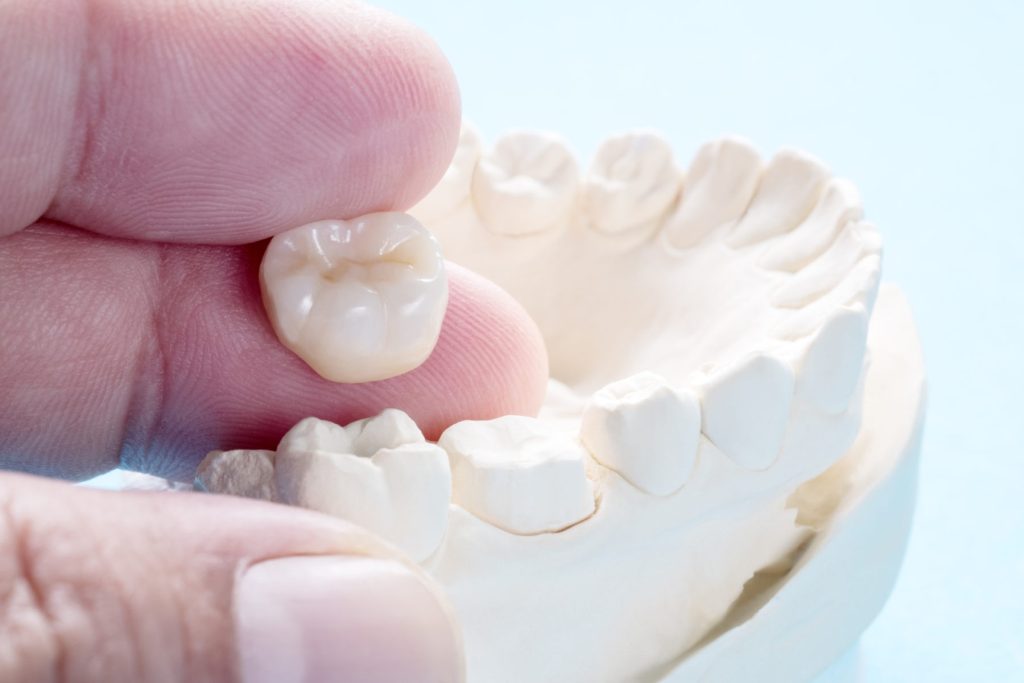
The Longevity of All-Ceramic Crowns
Given their robust material composition and stability, all-ceramic crowns exhibit longevity and resilience. When crafted by a skilled dentist adhering to precise standards, approximately 65% of these crowns can last over 20 years. All-ceramic crowns generally outlive traditional porcelain-fused-to-metal options. With proper oral hygiene and care, their lifespan can be extended; conversely, neglecting dental care can shorten their durability.
Factors Influencing the Longevity of All-Ceramic Crowns
Several elements contribute to the lifespan of all-ceramic crowns:
1. Material Selection
The choice of materials significantly impacts the longevity of crowns. Higher-quality materials lead to a prolonged lifespan and improved performance.
2. Oral Health Status
The condition of the underlying natural teeth and gums plays a crucial role. Any damage or periodontal issues can adversely affect the performance and lifespan of all-ceramic restorations.
3. Daily Usage Habits
Everyday consumption habits can influence crown longevity. It is advisable to avoid hard foods, such as nuts and bones, that could compromise the integrity of the crowns.
4. Dental Expertise
The proficiency of the dental professional also affects the lifespan of all-ceramic crowns. Crowns crafted with meticulous attention to detail by experienced dentists tend to offer better longevity.
5. Oral Hygiene Practices
Finally, diligent oral hygiene is essential. Maintaining good dental hygiene helps prevent periodontal disease and can greatly extend the lifespan of all-ceramic crowns.

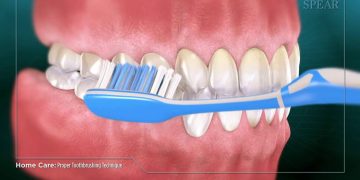
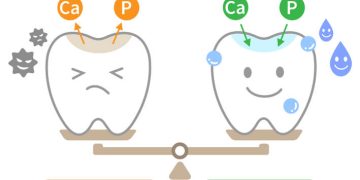
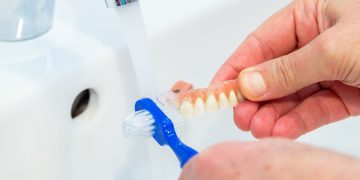




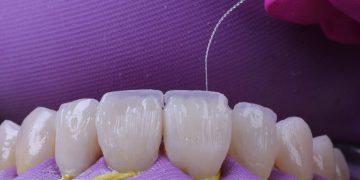
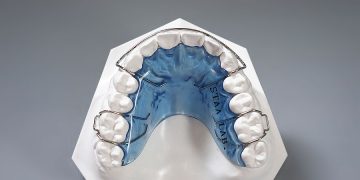

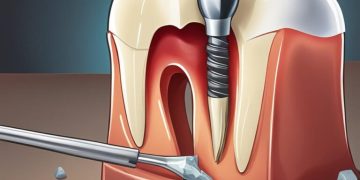

















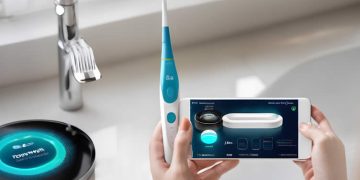

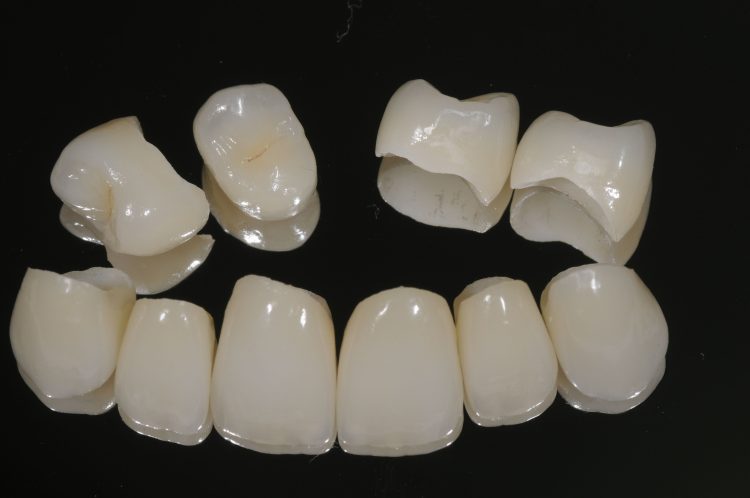













Discussion about this post